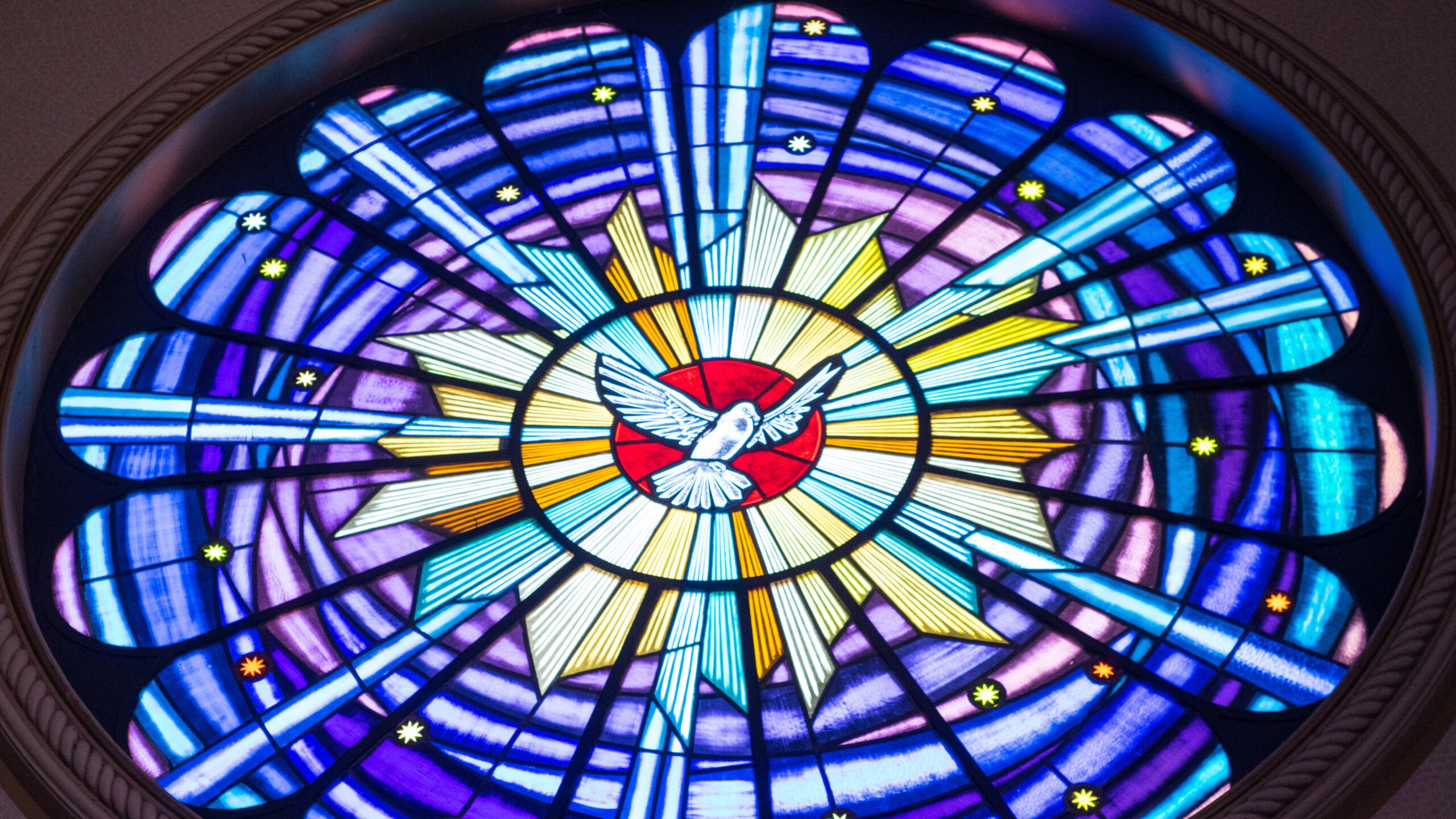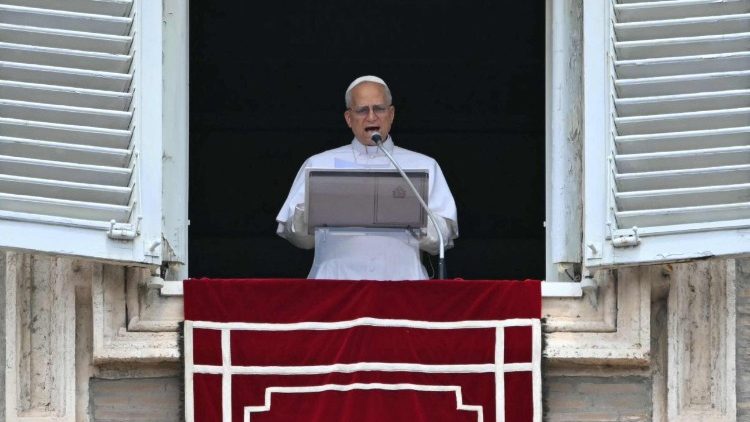Along with Christmas and Easter, Pentecost is a high festival celebrated with two holidays in Austria. But unlike the other two feast days, many people in this country do not (or no longer) know what is celebrated on Pentecost. Yet Pentecost is an important feast because it is considered the “birth of the church.”
Pentecost is celebrated on the 50th day after Easter. The name is also derived from this date because Pentecost comes from the ancient Greek word “pentekoste” (translated as the fiftieth, thus: the 50th day). The holiday is, therefore, linked to Easter and can fall between May 10 and June 13. Not only is there a connection to Easter by date and name, but also theologically.
The Origins of Pentecost
Pentecost is already mentioned in the year 130 as a Christian feast day. However, its origins go back much further, as the festival follows a long Jewish tradition. Seven weeks after Passover, Judaism celebrates Shavuot, the Feast of Weeks. It is originally a harvest festival because it marks the end of the wheat harvest, which begins on Passover. So, Judaism and Christianity have a material connection to another high festival. While the Feast of Passover commemorates the Exodus from Egypt, the Feast of Weeks, as a harvest festival, developed over time into a celebration of thanksgiving for the proclamation of the Torah, the five books of Moses. The Torah is the basis of the Jewish faith.
The Day of Pentecost in the Bible
It is this Feast of Weeks, Shavuot, that is mentioned in the Bible as the “Day of Pentecost” in the second chapter of Acts. As all the disciples are gathered in a house, a roar rises from heaven that fills the building. “Tongues as of fire” descended upon them. “All were filled with the Holy Spirit and began to speak in foreign tongues as the Spirit inspired them… When the roar arose, the crowd flocked together and was completely dismayed, for everyone heard them speaking in his language” (Acts 2:4, 6). The people cannot help but be amazed, for they marvel that the disciples suddenly speak in foreign tongues and understand one another. But some also believe that the wine has made the disciples drunk.
Peter rises, addresses the people who have rushed over, and surrounds the disciples. In a kind of sermon, he explains to them that the word of the prophet Joel has been fulfilled. There, it says that God will pour out his Spirit on all and make miracles appear in the sky and signs on the earth, namely blood, fire and smoking smoke (Joel 3).
Peter blames the listening Israelites for crucifying and killing Jesus at the hands of lawless men, but God raised him. “With certainty, then, let all the house of Israel know that God has made him (Jesus) Lord and Messiah, this Jesus whom you crucified” (Acts 2:36).
After this sermon of Peter, the listeners are very touched. He invites them to repent and be baptized in the name of Jesus Christ for the forgiveness of sins. The Bible records that about three thousand people were baptized that very day. “They held fast to the apostles’ teaching and fellowship, to the breaking of bread and prayers…And all who had believed formed a community and had everything in common. They sold possessions and goods and gave them to all, to each as much as he needed” (Acts 2:42, 44f).
The Birth of the Church
Because of this outpouring of the Holy Spirit on the day of Pentecost, reported in this text from Acts, this event is understood as the birthday of the Church and the beginning of the worldwide mission. Above all, the disciples’ ability to speak in foreign languages and understand them is interpreted theologically as the church’s mission. All people are addressed, no matter to which ethnic group or nationality they belong. The Holy Spirit is thus no longer reserved for prophets or other selected people but descends upon all people.
The baptized form a community that shares everything and adheres to the breaking of bread and prayers. This is how the early Christian communities distinguished themselves. People touched or filled by the Holy Spirit feel unity in faith in Jesus Christ and God the Father. Through Pentecost, the Trinity of God is revealed to man. Through the outpouring of the Holy Spirit into people’s hearts, they become the temple of the Holy Spirit.
We reflect on this at every baptism:
“I baptize you in the name of the Father, Son, and Holy Spirit.” Or even at the sign of the cross, “In the name of the Father and of the Son and the Holy Spirit.” Without the miracle of Pentecost, which the Bible tells us, and of the sending of the Holy Spirit, the Christian faith would not be complete or adequate.
Outpouring of the Holy Spirit by the Father or the Son?
In the history of the Church, a theological dispute has arisen between the Catholic and Orthodox Churches over the interpretation of this outpouring of the Holy Spirit: Does the Holy Spirit proceed from God the Father alone or also from His Son (Latin: “filioque”)? According to the Catholic understanding, the outpouring of the Holy Spirit is also understood as a work of Christ. Acts 2:33 says: “Having been lifted up by the right hand of God, and having received from the Father the promised Holy Spirit, he poured him out, as you see and hear.” There is a theological dispute between the two denominations over this point.
Dove and tongues of fire are symbols
In the artistic representations of the descent of the Holy Spirit, there are, on the one hand, the mentioned tongues of fire, but also the dove, a famous symbol. It is explicitly mentioned in the Gospel of Luke at the baptism of Jesus: “And the Holy Spirit descended visibly on him in the form of a dove, and a voice from heaven said, ‘You are my beloved Son; with you I am well pleased'” (Luke 3:22). In ancient times, the dove was the symbol of humility and innocence. People assumed the dove had no gall and was free from all evil and bitterness. Later, the Holy Spirit was also depicted as human, but Pope Urban VII forbade this depiction in the 17th century.
The feast of Pentecost is a high feast celebrating the coming of the Holy Spirit and the conclusion of the Easter season. In the nine days between Ascension Day and Pentecost, prayers are said for the coming of the Holy Spirit in the so-called Pentecost Novena. There is also a biblical reference to this: Acts 1:12ff. Reports that the disciples of Jesus, with Mary, the mother of Jesus, and other members of the early Christian community, went to Jerusalem after the Ascension of Jesus to remain there in prayer.
Customs and rituals
Around Pentecost, several rituals and customs have developed related to the Bible or the upcoming beginning of summer. For example, there was the widespread custom of swinging the Holy Spirit. A dove made of pine wood was let through an opening in the church ceiling on a string and set in vibration. It then circled above the heads of the faithful. This custom, however, has fallen into oblivion nowadays. In some areas, there are so-called Pentecost fires, as a symbol of the Holy Spirit, and jumping processions, in which blessing is prayed for a good harvest above all the weather.
- hector pascua, magister der philosophies und theologie/picture: pixabay.com
This post has already been read 3748 times!



